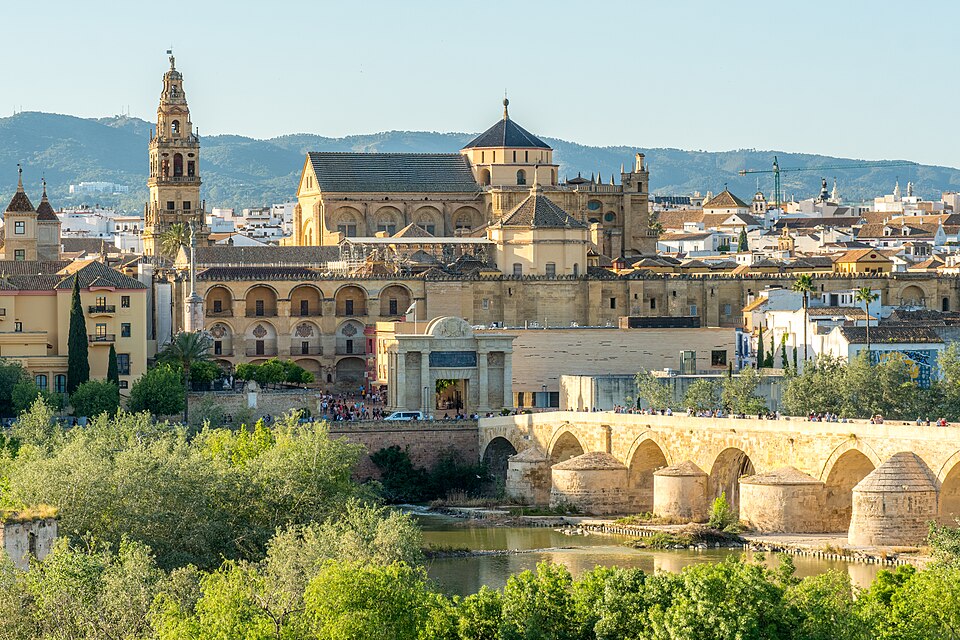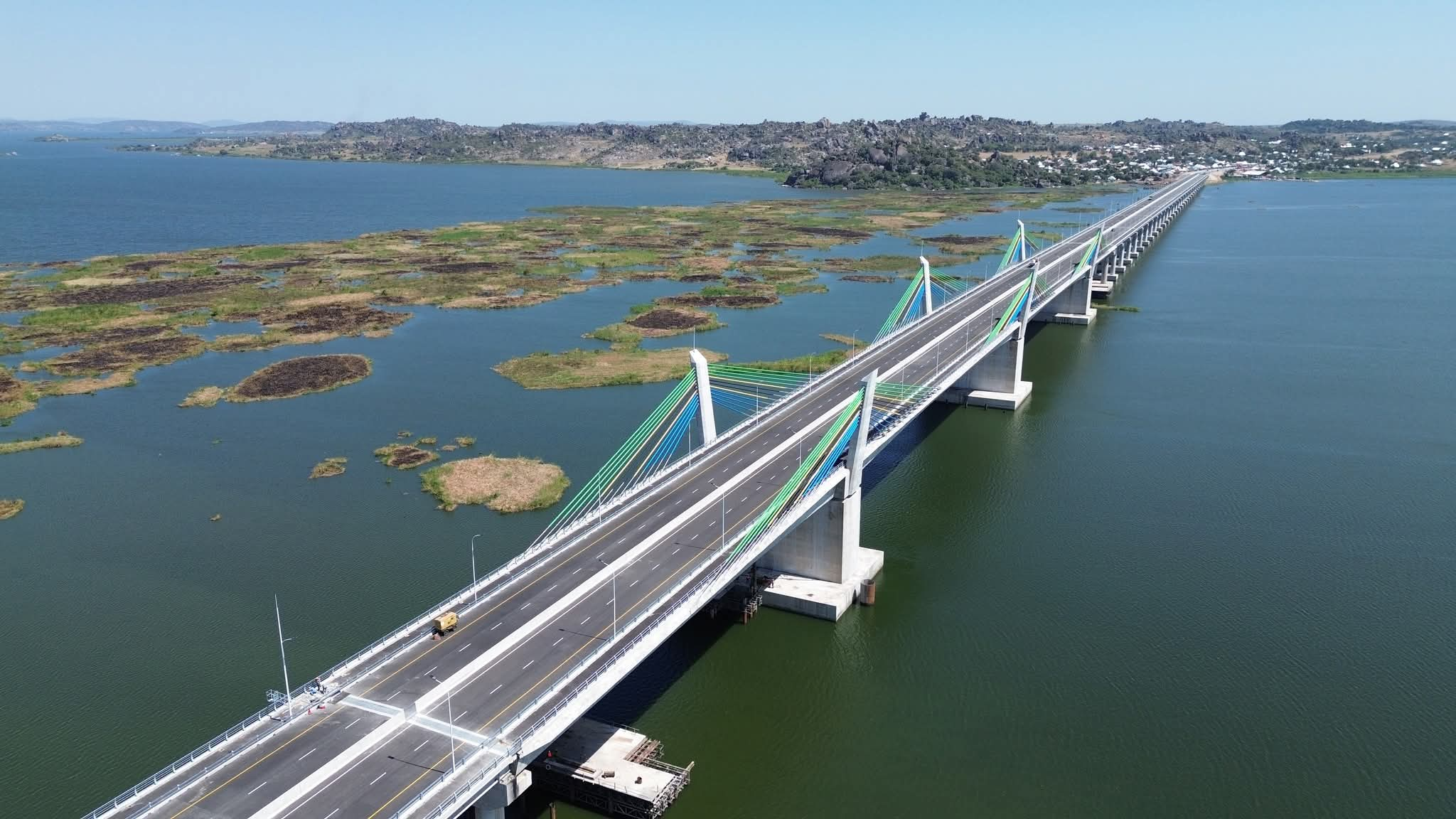THE MOSQUE–CATHEDRAL OF CÓRDOBA: An architectural hybridity of Christianity and Islam

Did you know that the Mosque–Cathedral of Córdoba was so called because it was a former mosque that was converted to a cathedral in 1236, even though there are claims that a Visigothic church originally stood on the site of the current Mosque-Cathedral?
The Mosque–Cathedral of Córdoba, officially called the Cathedral of Our Lady of the Assumption, is the cathedral of the Roman Catholic Diocese of Córdoba in the Spanish region of Andalusia, and it is dedicated to the Assumption of Mary. Due to its status as a former mosque, it is also known as the Mezquita (Spanish for 'mosque') and in a historical sense as the Great Mosque of Córdoba.
According to traditional accounts, a Visigothic church, the Catholic Christian Basilica of Vincent of Saragossa, originally stood on the site of the current Mosque-Cathedral, although this has been a matter of scholarly debate.
The Great Mosque was constructed in 785 on the orders of Abd al-Rahman I, founder of the Islamic Umayyad Emirate of Córdoba. It was expanded multiple times afterwards under Abd al-Rahman's successors up to the late 10th century. Among the most notable additions, Abd al-Rahman III added a minaret (finished in 958) and his son al-Hakam II added a richly decorated new mihrab and maqsurah section (finished in 971).
The mosque was converted to a cathedral in 1236 when Córdoba was captured by the Christian forces of Castile during the Reconquista. The structure itself underwent only minor modifications until a major building project in the 16th century inserted a new Renaissance cathedral nave and transept into the center of the building. The former minaret, which had been converted to a bell tower, was also significantly remodelled around this time. Starting in the 19th century, modern restorations have in turn led to the recovery and study of some of the building's Islamic-era elements.
The mosque structure is an important monument in the history of Islamic architecture and was highly influential on the subsequent "Moorish" architecture of the western Mediterranean regions of the Muslim world. It is also one of Spain's major historic monuments and tourist attractions, as well as a UNESCO World Heritage Site since 1984.
On ownership dispute, the building was formally registered for the first time by the Córdoba's Cathedral Cabildo in 2006 on the basis of the article 206 of the Ley Hipotecaria from 1946 (whose constitutionality has been questioned). The diocese never presented a formal title of ownership nor did provide a judicial sentence sanctioning the usurpation on the basis of a long-lasting occupation, with the sole legal argument being that of the building's "consecration" after 1236, as a cross-shaped symbol of ash was reportedly drawn on the floor at the time.
Defenders of the ecclesial ownership argue on the basis of continuous and peaceful occupation of the building by the Church whereas defenders of the public ownership argue that the mosque-cathedral never ceased to be a State's property, initially belonging to the Crown of Castile (and henceforth the Spanish State).
Muslims across Spain have lobbied the Catholic Church to allow them to pray in the complex, with the Islamic Council of Spain lodging a formal request with the Vatican. However, Spanish church authorities and the Vatican have opposed this move. Muslim prayer has not been always banned outright and there are some cases of token concessions in the past, including Saddam Hussein's prayer at the Mihrab in December 1974.
By leaving the mosque to coexist with the cathedral, the building is a physical repository of power struggles in Spain. Additionally, it is a showcase of architectural hybridity, representing ideological intersections between Christianity and Islam. Today, the building continues to serve as the city's cathedral and Mass is celebrated there daily.
#penglobalfactfile #religion #MosqueCathedralofCórdoba

_1755775186.jpg)

